Badhamia utricularis is a wonderful slime mould to observe because its plasmodium feeds on a variety of fungal species on the surface of the substrate. (In contrast, the activity of most slime mould species usually occurs well out of sight, either in the interior of logs or stumps, or in the soil.)
It wasn’t until 22 May 2020 that I noticed small scattered clusters of fruiting bodies at different stages of maturity along a branch that had fallen but was suspended in a treefern (Dicksonia antarctica). This was despite walking around and under this twiggy branch on numerous occasions on my way to some huge old logs where I’d been observing very active plasmodia and occasional appearances of Physarum viride.

I have watched and monitored the progress of B. uticularis previously. The most vigorous and most recent was on the side of a dead standing small tree not far from home where the tripod was easy to set up and there was good light in the forest for photography. In stark contrast, the aforementioned branch was a reasonable walk from home, the ground was strewn with large logs and other debris, and tall treeferns (Dicksonia antarctica) under even taller trees shaded all beneath them. To make matters even more difficult, the weather was wild wet and windy while I was watching a plasmodium transform making photography almost impossible. Even the lightest breeze caused the suspended branch to move.

I managed to set up the tripod to photograph the plasmodium, but had to tie it to the branch (the only thing available) to secure it. The plasmodium photographed on 25 May started to form fruiting bodies on 30 May.


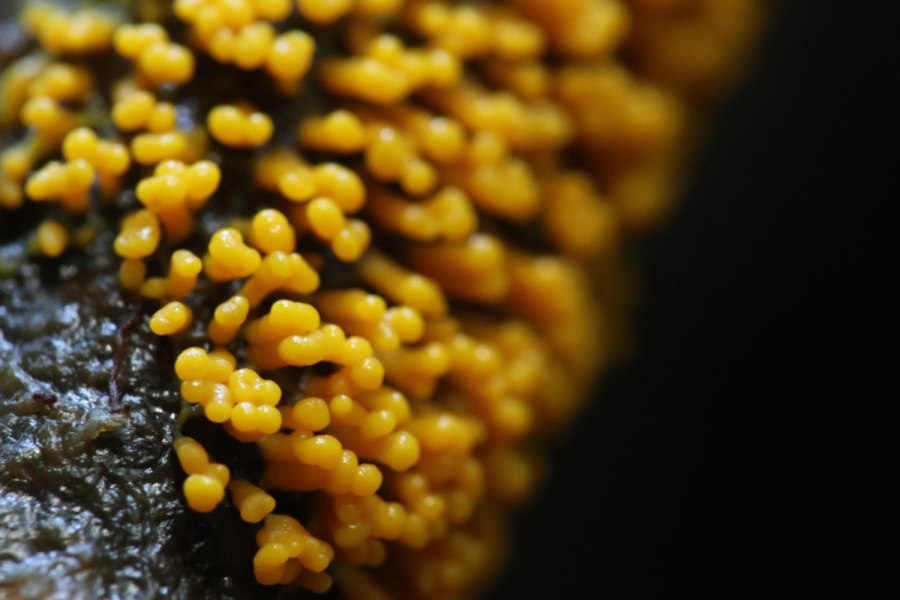

Heavy rain and a misty day affected the developing fruiting bodies. Their saturated stalks and grape-like ‘fruits’ stuck to the branch rather than hanging free from the substrate and they took longer than usual to dry out. Persistent strong winds meant I had no hope of getting a photo of mature sporangia until a calm day on 3 June.
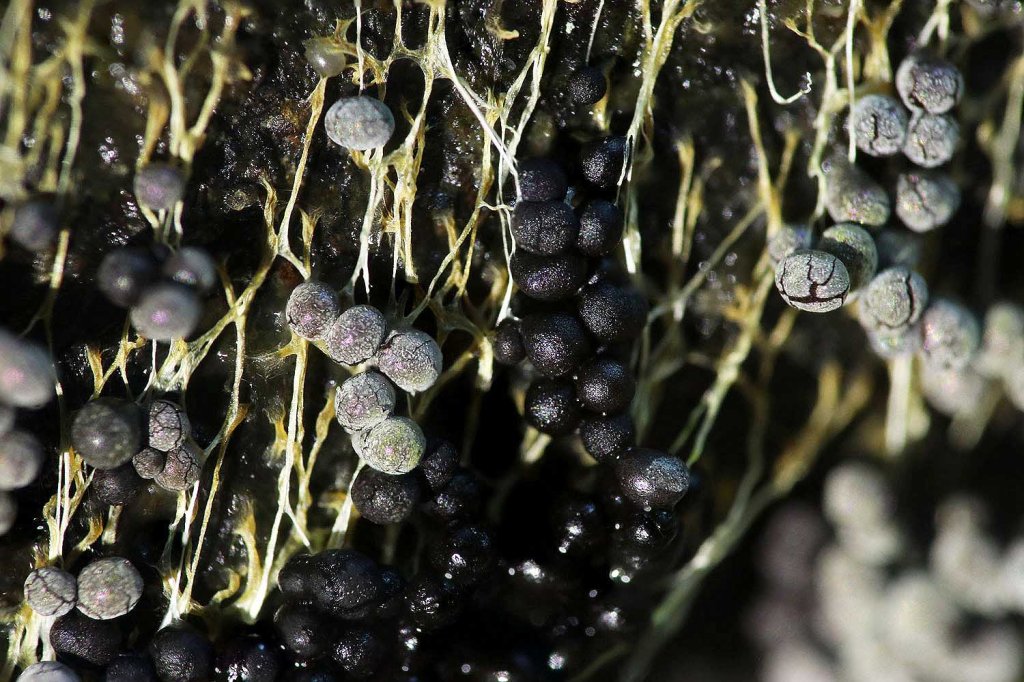
As the wet weather ceased and the branch became drier small scattered plasmodia started to desiccate and form sclerotia.

While looking for more sclerotia, I saw a collembolon (springtail) feeding on the branch (presumably on plasmodia) surrounded by tiny specks of yellow.
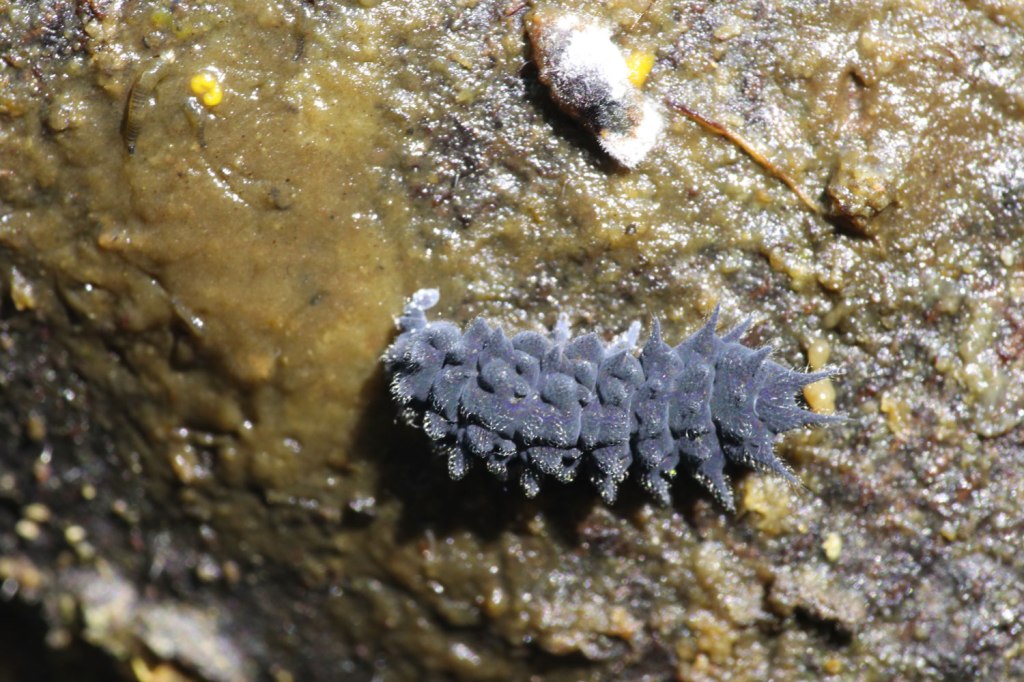
The small branch was surprisingly productive. As well as the B. utricularis, there was an interesting assortment of other slime moulds including Physarum decipiens and Perichaena aff. chrysosperma (and another species I’m yet to collect). Both have extremely small and scattered sessile sporangia and I was pleased to find them as I have very few collections collections of P. decipiens and only one of the P. chrysosperma.
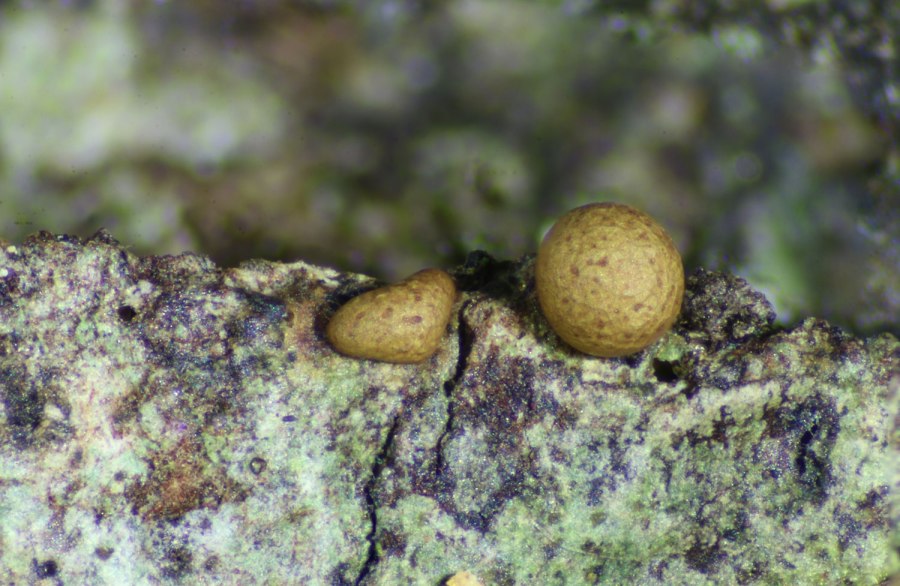
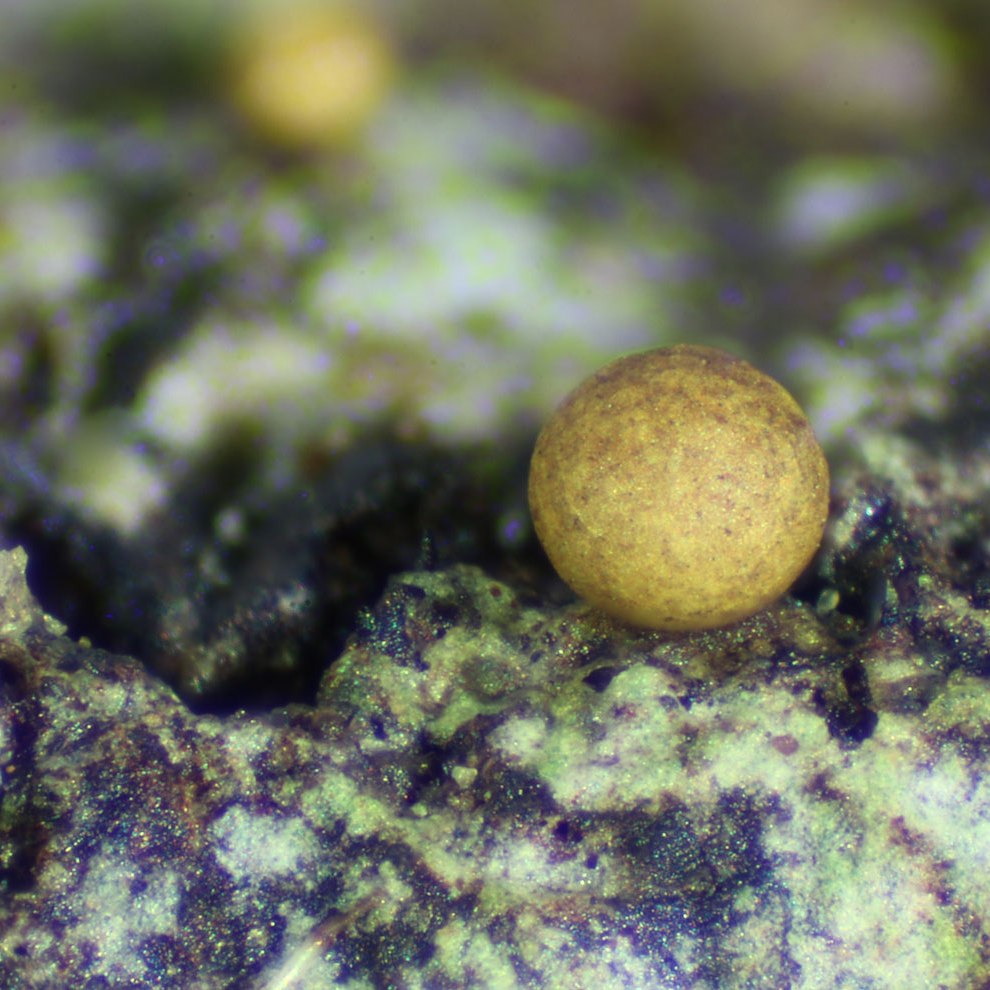
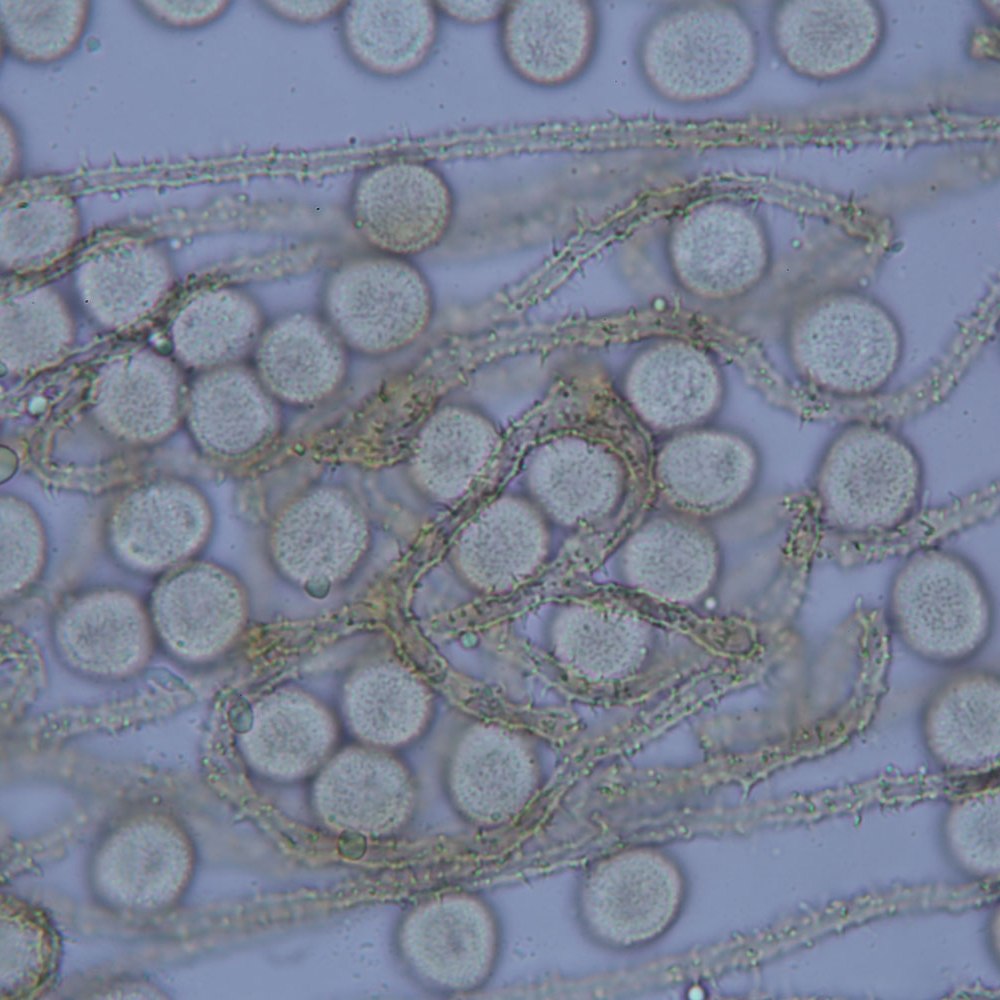
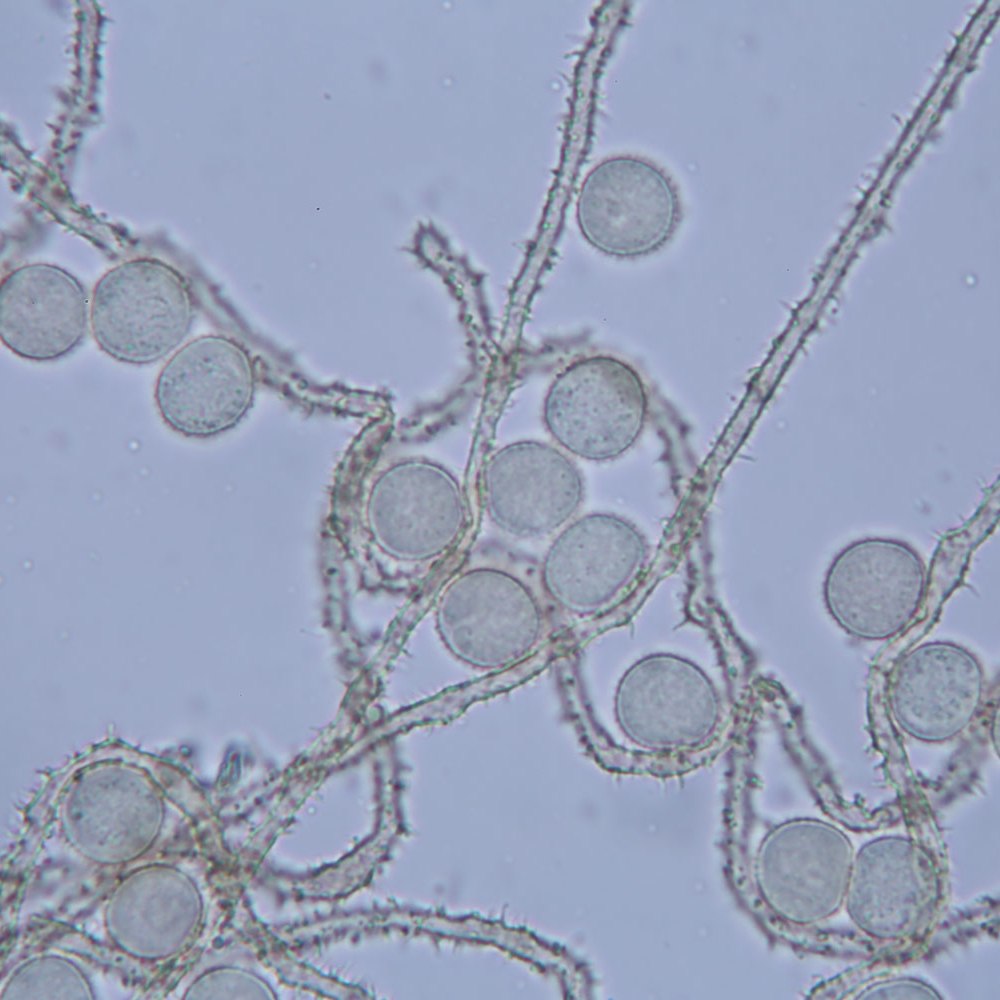

hello, congratulations for your site. Here the same story somwhere in France, on the page news & infos of myxosdesvosges.org look the date 02.11.2019. Best regards. Bernard.
LikeLike
Thank you Bernard.
LikeLike